Load Balancing IP
Multi-service and inter-datacentre load balancer

Get the most out of the Load Balancing IP, Placed upstream or at the heart of your infrastructure, at no extra cost.
Point your IPv4 to your domain name or easily integrate in into your existing network configuration.
Select up to 16 services, and distribute your traffic across available services Only with Failover technology.
Redistribute your traffic upstream of your various infrastructure by declaring your Load Balancing IP in several datacentres (available as an additional feature). Anycast will redistribute your visitors to the datacentres closest to them.
Anycast technology automatically direct your traffic to the right datacentre for your visitors. Multi-datacentre distribution is available as an option.
Click to get your load balancer now!
From £11.49 excl. VAT/month
Session management
No session
Cookies
Source IP
Multi-datacentre(1)
North America
Western Europe
Central Europe
Compatibility
Enterprise Dedicated Srv
Gaming Dedicated Srv
Infrastructure Dedicated Srv
Services
HTTP (80)
HTTPS (443)
MySQL (3306)
PostGreSQL (5432
Priority of distribution(2)
Standard
Customisable
Additional information:
The Load Balancing IP will soon be compatible with the vRack.
(1) You must purchase the multi-datacentre option (the authorisation of more than one datacentre) to be able to distribute the load between multiple datacentres.
(2) In a multi-datacentre configuration, geo-distribution (Anycast) takes precedence.
Optimum control of your business
Full business control is guaranteed as the management of the system’s infrastructure is in your own hands.
Bothered about website traffic spikes or events that could run your business down? the IP load balancing is built in such way that you can assign a dedicated IP to handle traffic at a particular time from the DB panel and you can as well decide which service to run from the resource pool in the fastest possible time.

Clients get different dedicated server, VPSs or even Dedicated Cloud VMs to distribute their traffic and this gives multiple endpoints for technical solution to build your infrastructure. The IP Load balancing can be configured across multiple datacenters and website performance for visitors rapidly optimized.

Service availability checks
The Load Balancing IP will check the availability of service before directing traffic to it. The DB servers will help with this search and make sure the service requested is available before traffic can be directed there so that customer requests can be effectively and efficiently tended to and your critical activities properly secured.
It enhances this capability by the use of the probe tests, which can easily be configured and deactivated

You can spread your traffic according to your rules by defining the weight for every one of your distributed services, in every datacentre. This configuration is especially useful when you have a distributed server park and the capacity of your services (VPS, VM, dedicated servers) is unequal.
As well as ping monitoring, you also have the option to configure OcO probes. These enable the administrator to define their own monitoring process and get a better view of the state of every component in their infrastructure. Availability criteria can therefore be defined.

The Load Balancing IP lets you set up a highly available infrastructure based on the master/slave model.
This feature (API: BackupState) will automatically migrate your traffic to the slave if the master is found to be faulty.
COMPATIBLE WITH SSL CERTIFICATES
Optimum security is guaranteed, as the IP Load Balancing is quite compatible with the SSL certificates so you have the option of utilizing the certificate to ensure encryption of data transmitted. The option of configuring the certificate is made available to you in the DB control Panel and your SSL options remain valid even when the load balancing is inter-datacenter.

SECURITY WITH OPTIMISED PERFORMANCE
Normally, tones of work regarding security is often vested on the hardware but our system uses the DB Load Balancing IP to assign tasks to the DB internal network, ensuring optimum security and relieving the hardware of the strenuous task of security
